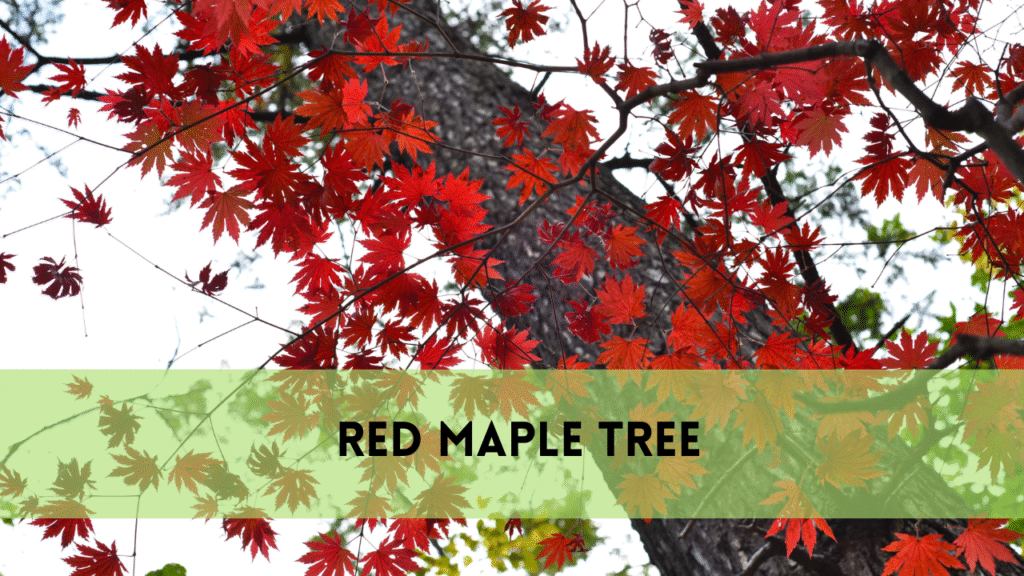POE Removes the Crucible Tree from Unique
Take a tour into the delicate world of landscaping with our guide to removing unwanted trees, which is specifically designed for your location. Arborists, the unsung heroes of outdoor change, use their knowledge to assist you with the obstacles of invasive tree removal. Discover the complex understanding of crucible trees, the challenges involved with their removal, and a step-by-step approach designed by experienced arborists in this detailed book. As we progress through this transformative process, you will not only get practical insights into efficient removal procedures but also learn how this endeavour opens up new landscaping options. Join us in discovering the secrets of eliminating problematic trees and transforming your outside space into a canvas for creativity and natural beauty.
POE removes the crucible tree from Unique
Understanding Crucible Trees
Understanding crucible trees is critical before commencing the removal process. Arborists highlight the distinctive features of these trees, shedding light on the complexities that define their nature. Crucible trees, scientifically known as “Arborus Crucibulum,” are notable for their unusual, often interwoven root systems and strong trunks. Arborists emphasize the necessity of correct identification, citing significant characteristics like distinct leaf patterns and bark texture that distinguish various trees. Furthermore, by diving into these trees’ lifecycles, arborists can better understand the issues they pose to the surrounding environment. From potential invasive tendencies to the impact on neighbouring vegetation, this section provides a comprehensive overview of the crucible tree’s position in your landscape. With this information, readers may make informed decisions about their removal.
The Challenges of Crucible Tree Removal
The challenges of crucible tree removal unfurl as a complicated tapestry that necessitates careful consideration from experienced arborists. These trees, known for their strong root systems and tough nature, present a number of challenges throughout the removal process. Arborists guide through the subtleties, illustrating the problems one can experience when seeking to eliminate critical trees.
The primary problem is determining the extent of the root system, which is frequently intertwined with neighbouring plants. This complicated network necessitates a thorough approach to avoid accidental disruptions to the ecology. Arborists often discuss potential environmental consequences, emphasizing the importance of eco-friendly removal procedures to avoid harm to the surrounding ecology.
This section informs readers about the time-consuming nature of crucible tree removal, as extensive root systems may necessitate additional labour and time. Arborists emphasize the significance of patience and strategic planning in guaranteeing a successful removal while minimizing negative effects on the environment
Step-by-Step Removal Method:
Arborists have described a step-by-step removal strategy for massive trees that entails a systematic and cautious approach to ensure a successful elimination while causing minimal impact to the surrounding ecosystem. Follow the detailed steps below:
Step 1: Preliminary assessment
Begin by completing a comprehensive inspection of the crucible tree. Identify crucial traits such as trunk diameter, height, and root system extent. This assessment helps to guide the selection of appropriate removal equipment and strategies.
Step 2: Safety Precautions
Wear adequate personal protection equipment (PPE), such as gloves, goggles, and sturdy footwear, to ensure your safety. To ensure a safe working environment, block off the removal area.
Step 3: Clearing Surrounding Vegetation.
To establish a clear workspace, remove any undergrowth or foliage from around the crucible tree. This reduces the possibility of collateral damage to neighbouring plants during the removal process.
Step 4: expose the root system
Use a shovel to delicately expose the crucible tree’s root structure. Take note of the root structure, and if it is entwined with other plants, be cautious to avoid undue disruption.
Step Five: Pruning and Trimming
Trim and prune branches, beginning with the outermost tips. This decreases the tree’s total volume, making it easier to remove.
Step 6: Cut the Trunk
Cut the trunk strategically with a chainsaw. Begin by making a horizontal cut (undercut) on the side facing the desired falling direction. To finish the felling operation, make a second, slightly higher cut (called the backcut).
Step 7: Stump Removal
Once the crucible tree has been removed, remove the remaining stump. Use a stump grinder for efficient grinding, ensuring that the tree is completely removed from the ground.
Step 8: Site cleanup
Please dispose of tree debris appropriately. Consider recycling or repurposing the wood to support sustainable practices.
Step 9: Environmental Re-Evaluation
Reevaluate the surrounding environment for any potential disruptions produced by the removal procedure. Implement corrective steps if necessary.
Step 10: After-Removal Care
Apply soil amendments following removal and monitor the region for evidence of ecological rebound.
Following this rigorous step-by-step technique assures that the trees are removed thoroughly and environmentally responsibly, showcasing arborists’ skill and precision in the landscaping process.
This section informs readers about the time-consuming nature of crucible tree removal, as extensive root systems may necessitate extra labour and time. Arborists emphasize the necessity of patience and strategic planning in guaranteeing a successful removal while minimizing negative effects on the surrounding environment.
Best Practices for Unique Landscaping:
Once the crucible trees are gone, best practices for unique landscaping become an important consideration. Arborists argue for creative ways to transform the cleared space into a one-of-a-kind outdoor oasis.
- Introduce a variety of native plants and flowers to create a lively and ecologically balanced environment. Consider the changing seasons to ensure year-round visual appeal.
- Use artistic hardscaping components like stone paths, beautiful walls, and distinctive sculptures. These additions offer visual appeal while complementing the natural components.
- Implement sustainable features, such as rain gardens and composting areas. These not only help to protect the environment, but they also improve the overall appearance.
- Create usable outside spaces, such as seating areas, fire pits, and outdoor kitchens. These additions transform the environment into a dynamic and pleasurable space for both inhabitants and visitors.
- Promote biodiversity by developing spaces that attract local species. Bird feeders, butterfly gardens, and bat shelters all contribute to a healthy ecosystem
- Plan for seasonal variation by using plants with distinct flowering dates or vivid foliage during specific seasons. This creates a dynamic, ever-changing landscape.
By implementing these best practices, your landscape not only recovers from the removal process, but also changes into a one-of-a-kind and visually appealing habitat that demonstrates the convergence of nature and artistry.
Related Posts:
FAQS
How do I recognize a crucible tree in my yard?
Arborists use distinguishing traits to reliably identify combustible trees.
Are there any environmental considerations when removing crucible trees?
Discover eco-friendly practices and considerations shared by arborists.
Can I remove a crucible tree myself, or do I need to contact a professional?
Discover the benefits and drawbacks of doing your own tree removal versus hiring a professional.
Which instruments are required for good crucible tree removal?
Discover a full list of instruments recommended by expert arborists.
How long does the crucible tree removal process usually take?
Arborists provide insight into the time required for a successful removal.
Are there any alternatives for repurposing crucible trees once they have been removed?
Discover creative ways to repurpose crucible trees for landscaping and artistic projects.
Conclusion
Finally, the route of eliminating problematic trees and embracing creative landscaping exemplifies the healthy coexistence of knowledge and creativity in arboriculture. Arborists, with their in-depth knowledge and hands-on expertise, walk us through the difficulties and triumphs of removing these tough trees. As the crucible trees are removed to make room for a new landscape, the meticulous removal procedure ensures precision, safety, and low environmental impact. The arborists’ attention on safety, environmental awareness, and strategic planning demonstrates their dedication to appropriate operations.



